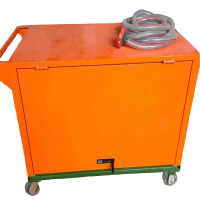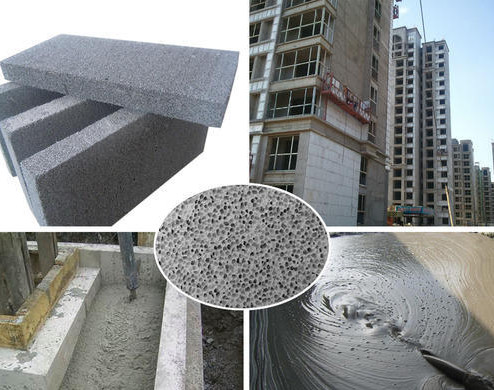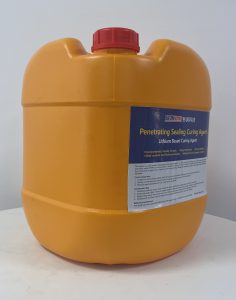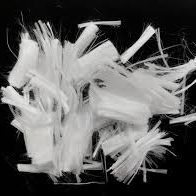Professional solutions on concrete addtives, Concrete Foaming Agent, Superplasticizer, CLC Blocks Additives, and foaming machine
(Cellular Concrete)
cellular concrete is an extremely lightweight, porous concrete material. Developed in 1923, it contains homogeneous air bubbles embedded throughout the mix.
This air-filled foam can account for up to 80% of the volume of the hardened concrete. Because of this, it is much lighter than traditional concrete.
Besides its weight advantage, cellular concrete is also very durable and can withstand fire breakout for hours. It is also non-combustible, which makes it a perfect thermal insulator.
It can be produced from a wide range of waste materials and is termite-proof. It is easy to install, and can be used for a variety of applications including void filling, bridge abutment fill, and building foundations.
Cost Effective
Because it is so much lighter than traditional grouts, cellular concrete is less expensive to produce. This is primarily due to the low density and lack of need for quarries or trucks, excavation and handling of large quantities of mined aggregates.
Environmentally Friendly
Because cellular concrete is made from industrial waste such as fly ash, the cost of the material is significantly reduced. Additionally, the use of fly ash can help lower the overall carbon footprint and reduce the amount of landfill space required for disposal of the material.
The pore structure of cellular concrete is important in determining the mechanical properties of the material. In order to determine the pore structure, the authors investigated a series of cellular lightweight concrete (LCC) specimens using environment scanning electron microscopy and industrial high-definition macro photography.
(Cellular Concrete)






